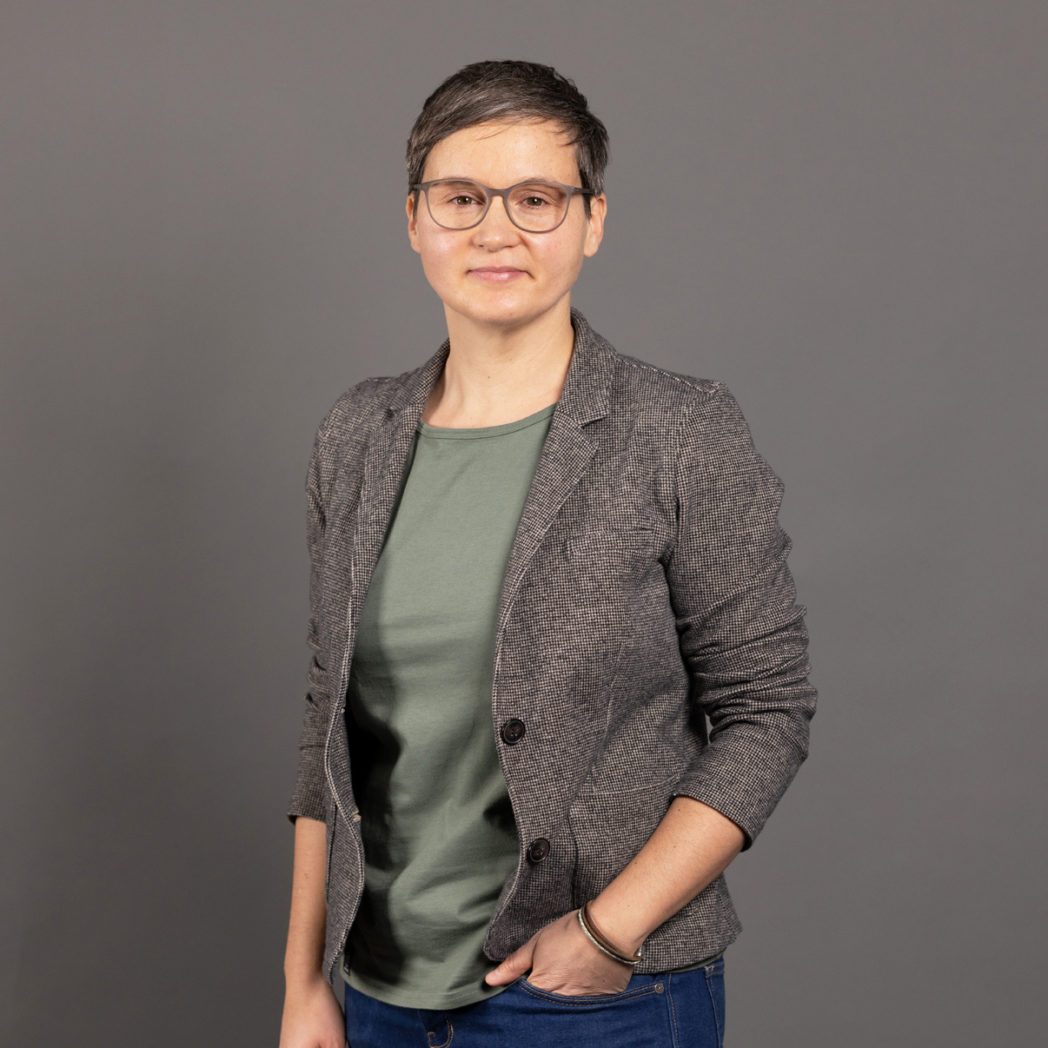The new language in construction: Building Information Modelling (BIM) is a modern working method that brings the construction and real estate industry into the digital age. With BIM, the life cycle of a building can be digitally mapped from planning to all construction phases, even up to building management and demolition. All project participants, such as architects, structural engineers, construction managers, and facility managers, share all information related to the building.
BIM has many applications for the construction and real estate industry. Representatives from both industries discussed what these are and how SMEs can benefit from them in the Innovation Salzburg Forum “Effective collaboration and sustainable business with Building Information Modelling (BIM)” at AGIT 2021.
Information transfer along the value chain
Information is an important component in construction and building management. BIM enables this information transfer through software applications. Susanne Formanek, Managing Director of GrünstattGrau Research and Innovation GmbH, the competence center for building greening, said: “In successful collaboration in construction, there should be little friction between interfaces. In our practice, however, the city planning did not know what the gardeners were doing, and vice versa. The information flow throughout the entire value chain must be ensured.”
Steffen Robbi of Digital Findet Stadt sees BIM as a new language that all project participants must learn first. “One must cross commercial boundaries,” he explains. BIM software enables this cross-sector collaboration. In 3D models, it is visualized or simulated where, for example, lines run, which windows the building has, which materials were used, or what furnishings a room has or will have. Workflows become smarter and more interconnected, supporting effective collaboration and increasing productivity and profitability.
“If we model a light bulb in the BIM model, the caretaker should know that he or she has to replace it in 5 years.” Wolfgang Lackner, Bauvorsprung
The latter also offers opportunities for apartment buyers. By means of 3D simulations, they can view plans for a house or apartment before construction and can thus be involved in the planning process. “This is a common application of BIM that also works very well now,” explains Robert Wernik of Salzburg Wohnbau. The company is active in planning, residential construction, and object management and uses BIM for various applications, such as in the demolition of buildings to recycle materials. “A 3D coding of the old and new house is a prerequisite for recycling. Every building component is checked for its reusability.”
Exact data as the basis for BIM
The basis for BIM applications is thus a digital representation of a building. This requires precise data that is not always available in the construction industry. “As a classic architecture office that built and expanded existing structures, we struggled with poor planning documents,” says Wolfgang Lackner, Managing Director of Bauvorsprung. The Tamsweg-based company has found a solution with a 3D laser scanner. The laser scan measures the room, building, or surroundings. With the data, architects can create a detailed 3D visualization of the building and its surroundings – the digital twin.
“Scan 2 BIM”, i.e. digital data collection as a basis for BIM applications, is already standard at Salzburg Wohnbau, according to Managing Director Robert Wernik. Salzburg Wohnbau provides precise data in its building planning with a mobile scanner device and drone footage.
Translating to English: Building more sustainably with BIM
In Building Information Modelling, these data are available to all project participants in a continuous and transparent manner. This also creates the basis for sustainable building and building management. “You can simulate not only the cost of constructing a building but also its entire life cycle, for example, how much energy is consumed or how much heat is emitted,” says Susanne Formanek. GrünstattGrau, which specializes in building greening, can also calculate the effect of greening on the ecological balance.
Shortage of skilled workers hinders applications
The lack of skilled workers is a hindrance to the establishment of comprehensive BIM applications. “The construction industry is not very IT-savvy,” says Steffen Robbi, Managing Director of Digital Findet Stadt. Planning offices are further ahead in implementation than construction managers. He sees great opportunities for innovative companies to position themselves as attractive employers for young workers. What is needed are training, a new culture of collaboration, and pilot projects that demonstrate best practices for BIM applications.
What is the long-term goal of BIM? Wolfgang Lackner of Bauvorsprung says, “The real estate and construction industry should be able to think uniformly. If we depict a light bulb in the BIM model, the caretaker should know that he has to replace it in 5 years.”

